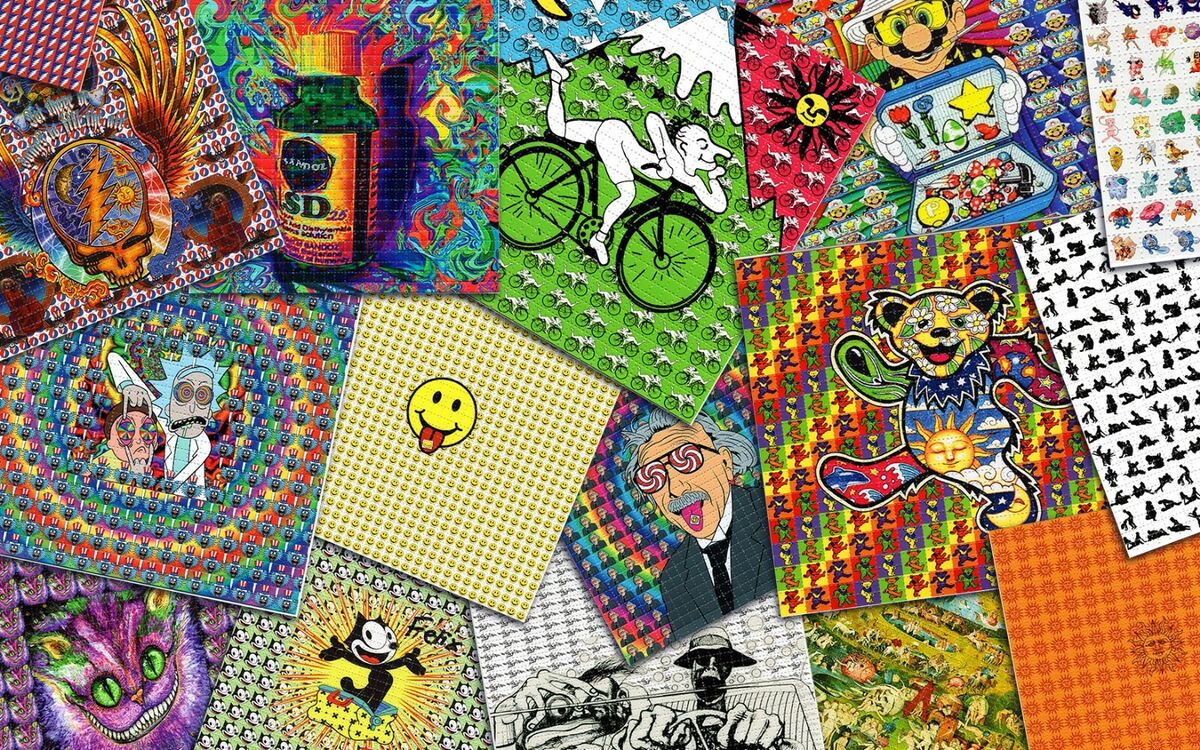History:
LSD

History
Lysergic acid diethylamide (LSD), first synthesized in 1938, by Swiss chemist Dr. Albert Hofmann at Sandoz Laboratories, LSD’s psychoactive effects went unnoticed until 1943, when Hofmann accidentally absorbed a small amount through his skin. Days later, on what is now celebrated as “bicycle day,” he intentionally ingested the compound, then riding his bicycle home while experiencing its profound effects on his perception and cognition - an iconic moment in psychedelic history.
In the 1950s, LSD entered the medical and psychiatric communities as a tool for understanding mental illness, exploring consciousness, and assisting psychotherapy. Initially viewed as a potential breakthrough, research focused on its applications for treating conditions like alcoholism, depression, and trauma. LSD’s potential also attracted the CIA, which conducted covert experiments under the MK Ultra program to find its uses in mind control, interrogation, and espionage.
By the 1960s, LSD had moved beyond the laboratory and clinics, straight into popular culture. Figures like Timothy Leary advocated for its use in self-exploration and spiritual growth, and the drug quickly became emblematic of the counterculture movement, symbolizing a shift toward personal freedom, introspection, and social critique. Famous usage of the substance was bands like The Beatles. This widespread recreational use soon drew government scrutiny, leading to criminalization across many countries by the late 1960s.
After its prohibition, LSD research dwindled, though a few dedicated chemists continued to study it quietly. Interest in the compound resurged in the 2000s, as researchers employed advanced imaging techniques to investigate its effects on the brain and to explore its therapeutic potential in structured clinical settings. Emerging studies suggest that LSD may support mental health treatment by promoting neuroplasticity, enhancing emotional openness, and facilitating introspective insights. Even though the drug still exist on the streets, it’s said only 6 chemist in the US produce LSD.